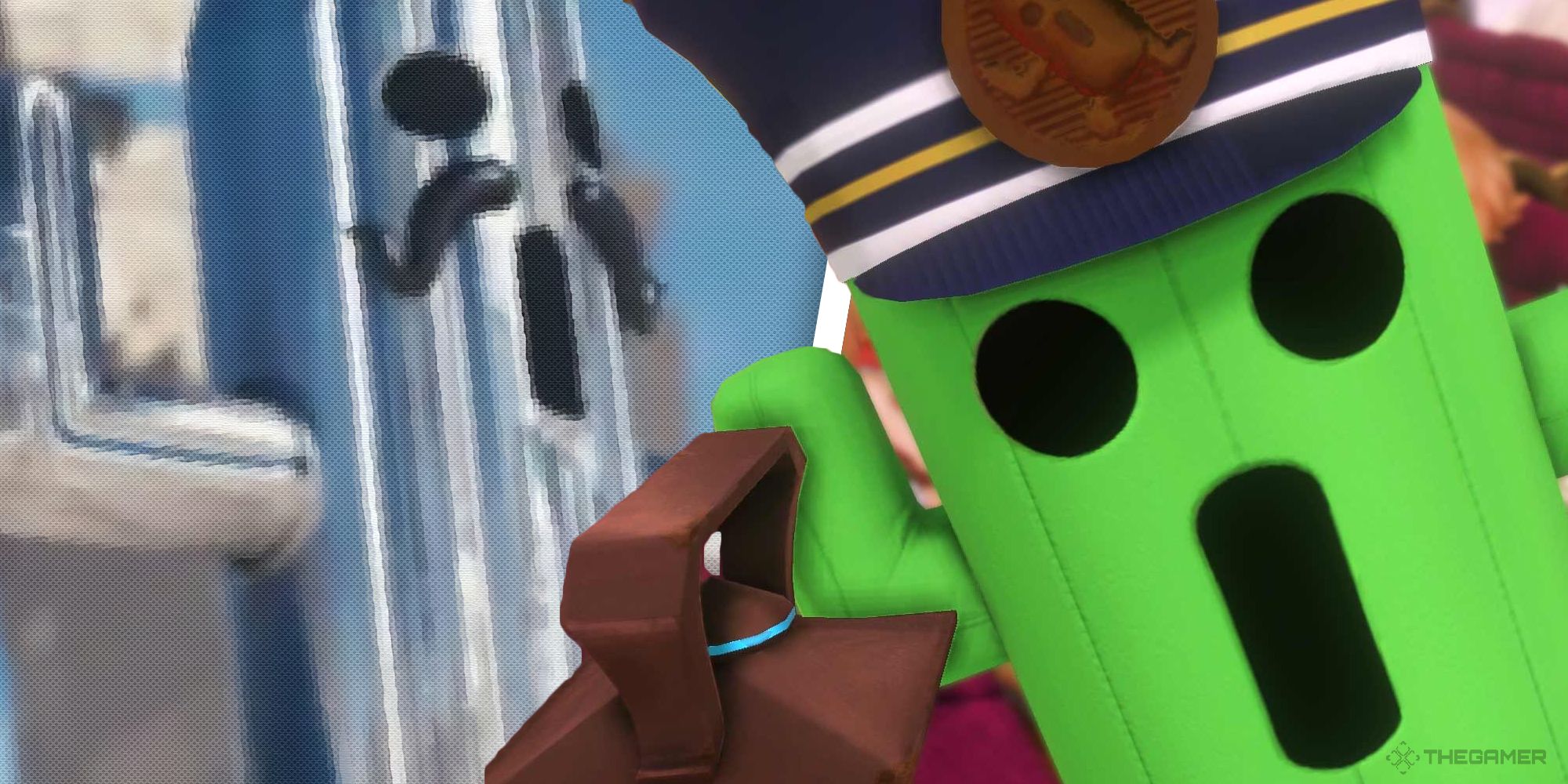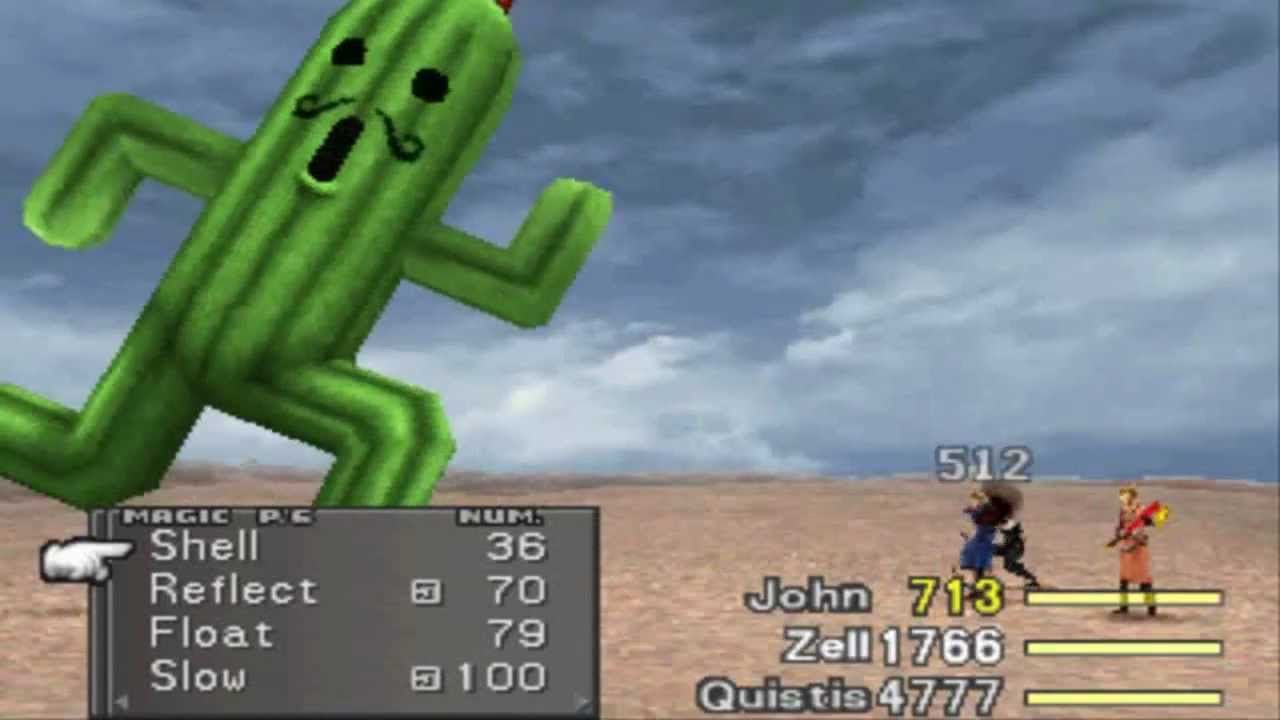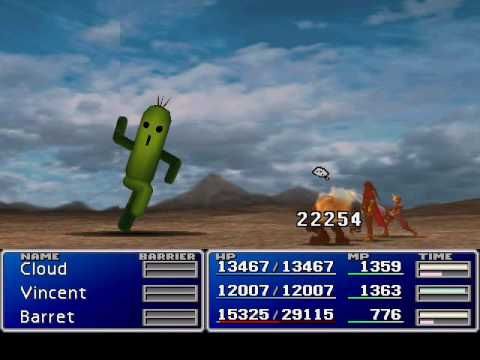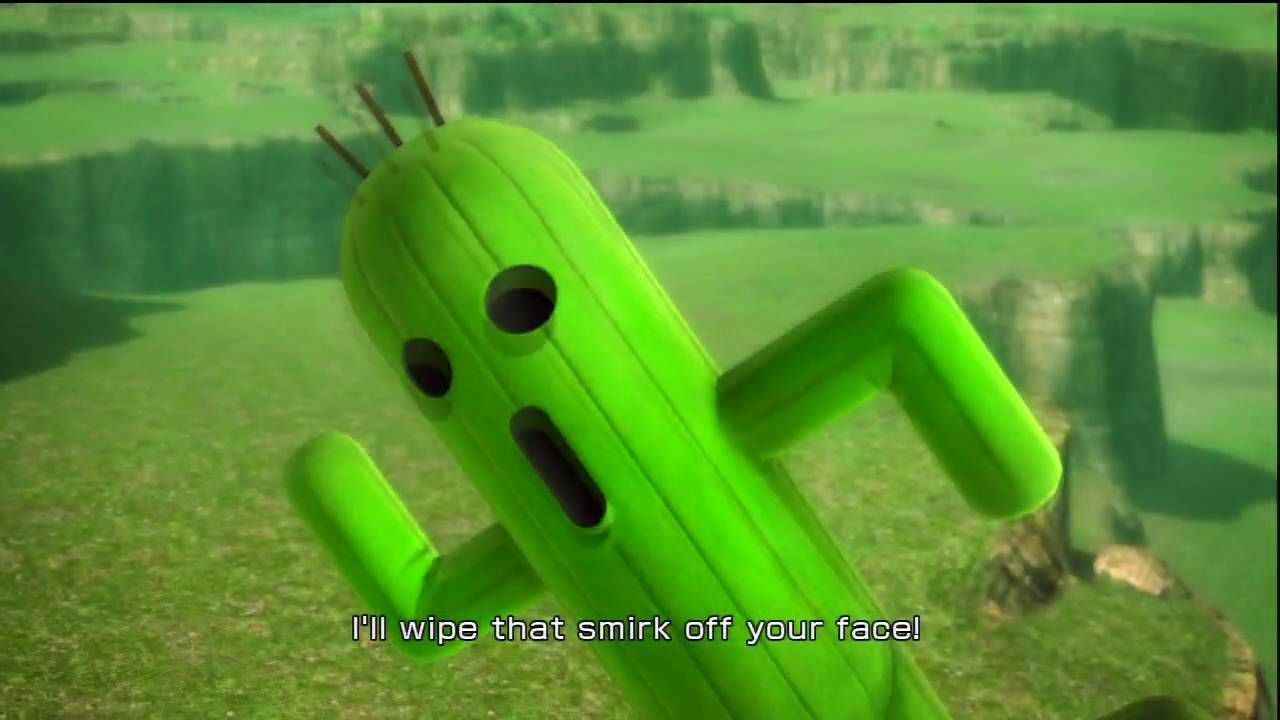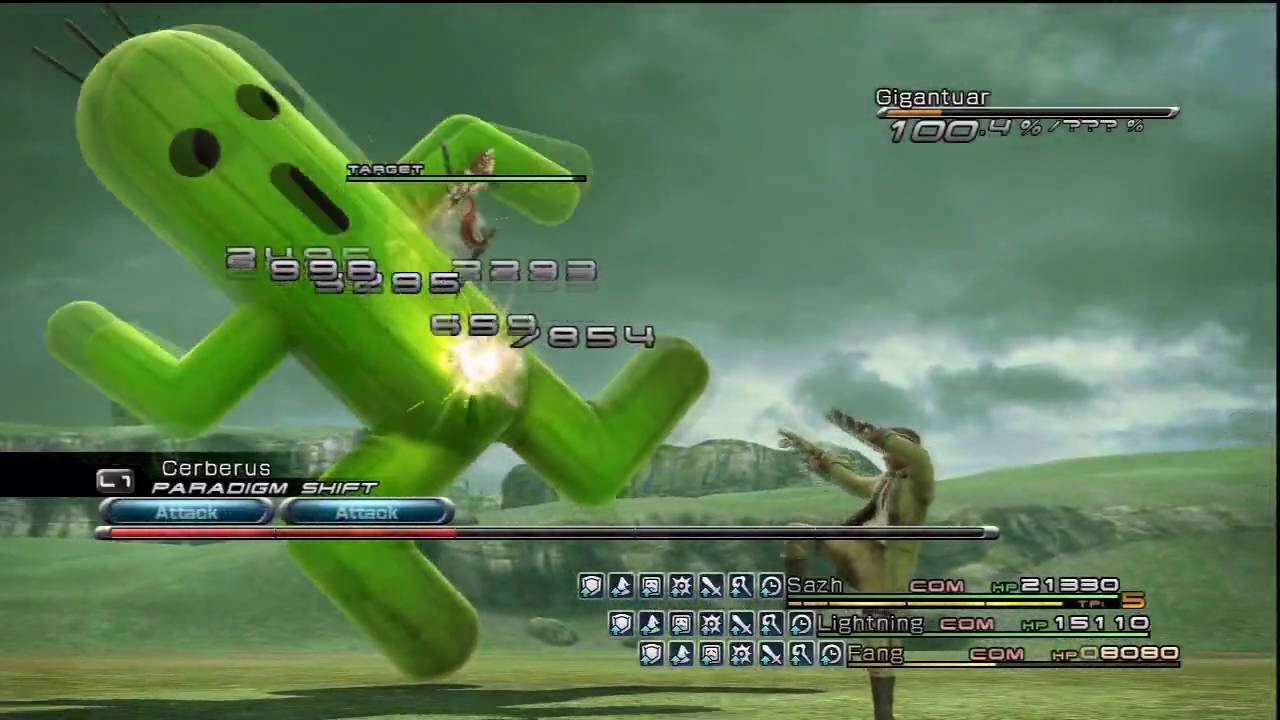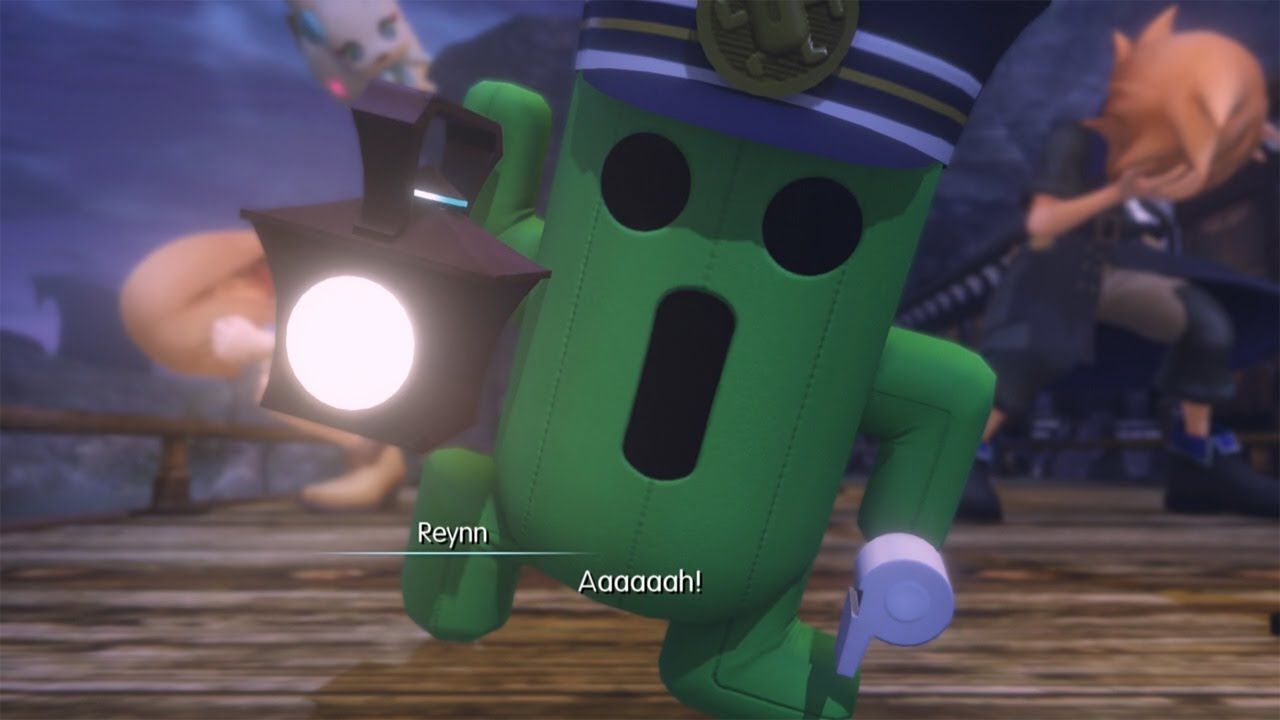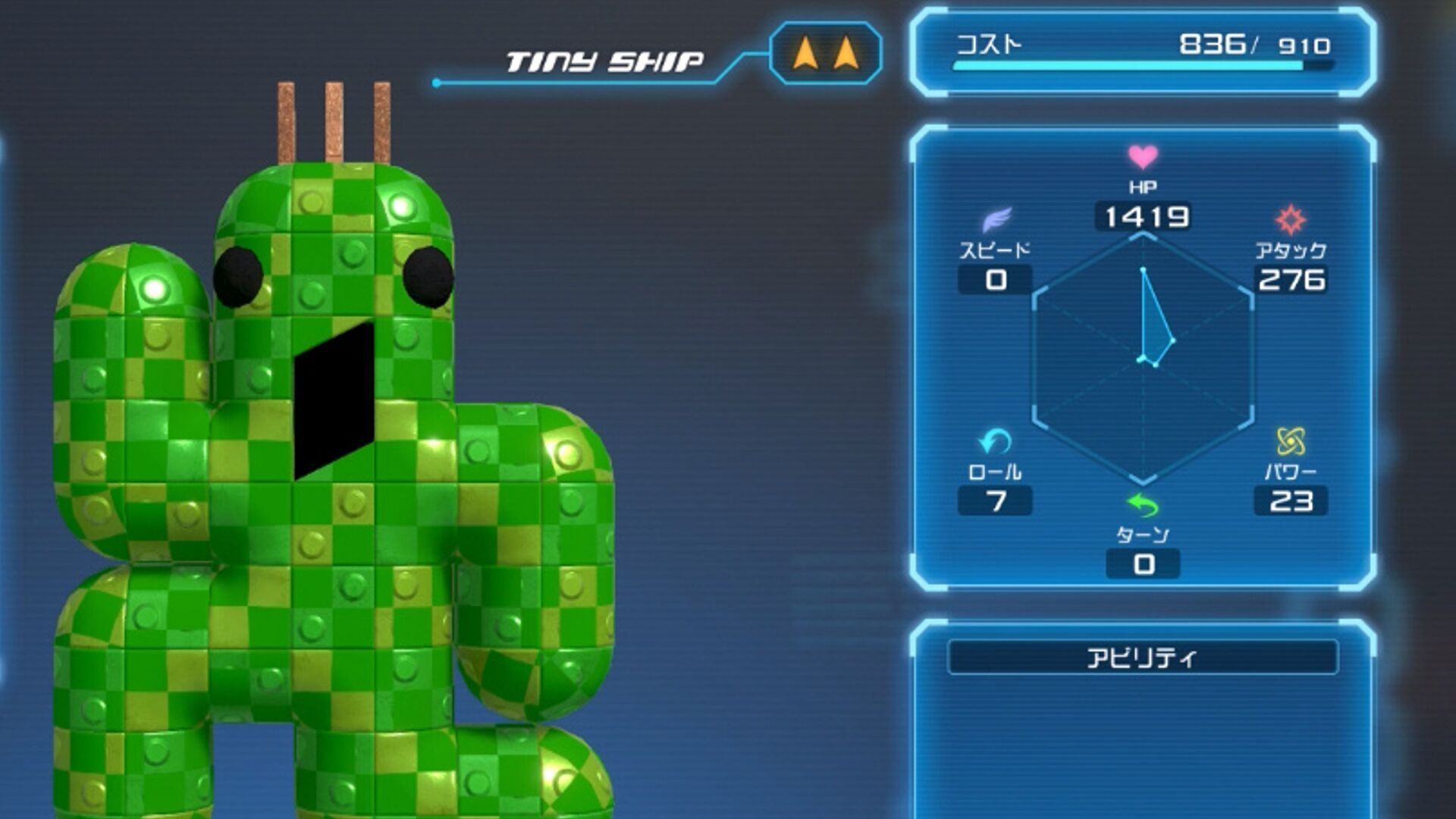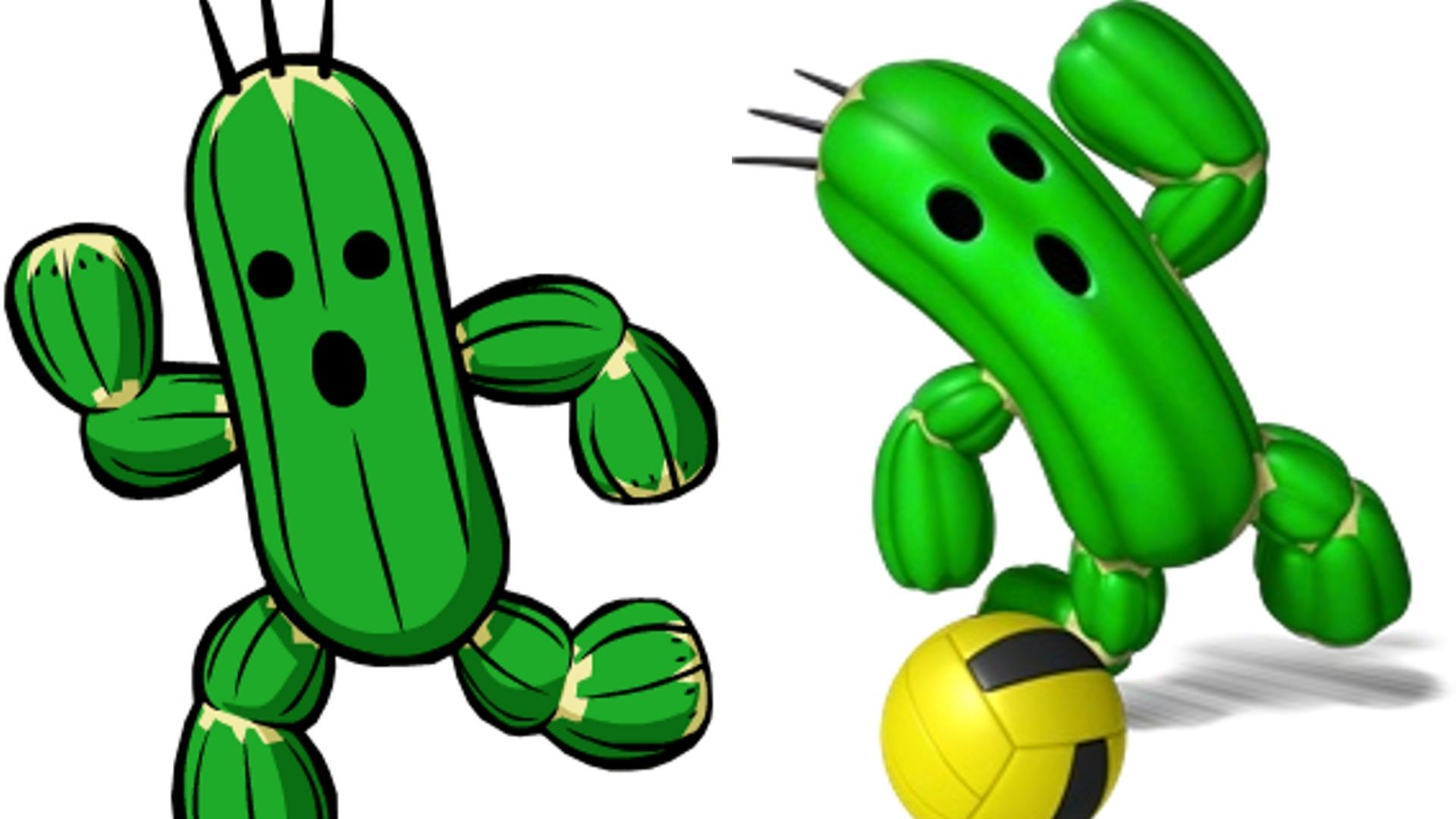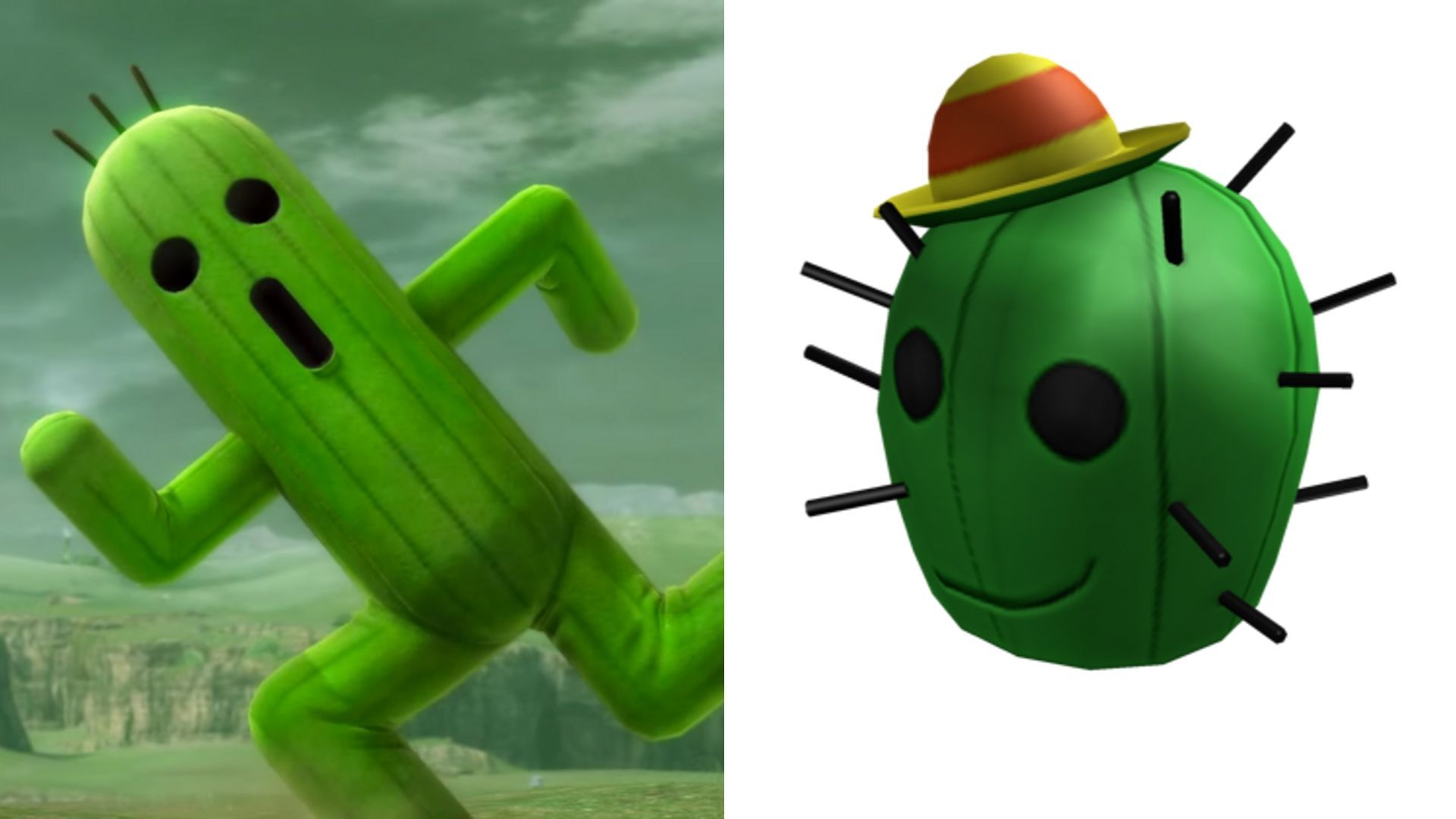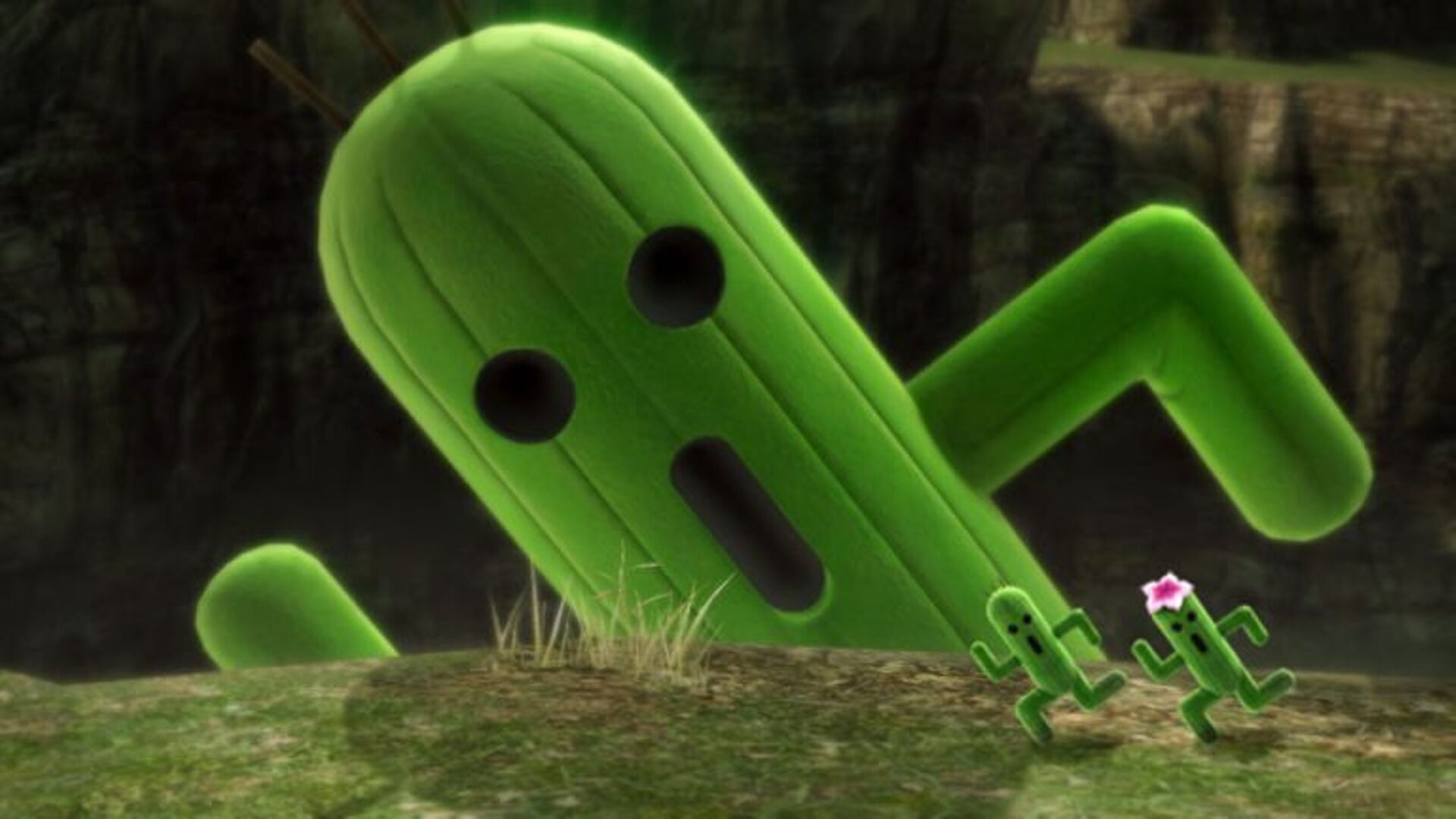The quirky cactus that makes everyone smile: Cactuar. 25 years ago, this useful enemy type entered the series and remained a franchise favorite ever since. Cactuar functions as an experience and Gil farm, gifting players generous amounts when they are defeated.
It is not that easy, however. Players have to land hits on the evasive creature, chunk through its tough defense and deal with their signature 1000 Needles attack – an attack that ignores Defense, of all things. It’s a hassle but the fanbase still loves the strange creature. Here are some facts players didn’t know about Cactuar!
10 Cactuar First Appeared In Final Fantasy VI
Fans who were introduced to Final Fantasy recently may not be aware of most iconic items, summons and characters’ origins. Cactuar has been in the series for a long time, but not as long as some may think. Cactuar first debuted in Final Fantasy VI, which was released in 1994.
Funny enough, their original English translation on the SNES was “Cactrot.” They dropped 10,000 Gil and 10 Magic points when defeated, which is great if players are desperate to get more gear and spells. If players defeat 10 Cactuars in the GameBoy Advance version of FF6, a Gigantuar will appear!
9 From Doodle To Mainstay
This origin story may not be as surprising. The concept of Cactuar came from a doodle Tetsuya Nomura drew in a notebook. The Square Enix veteran was a high school student at the time. According to the Final Fantasy Wiki, Nomura disclosed to V-Jump, a Japanese manga magazine, in a 1997 interview.
Cactuar also resemble haniwa, ancient unglazed terracotta figures from the Kofun and Asuka periods of Japan (250-710 CE). Haniwa means “clay ring.” Anthropologists are still studying them, but they hypothesize they were used as offerings, items of protection or consumer products for the social elite.
This is an observation by the Final Fantasy Wiki, but one can gleam a possible influence from this ancient Japanese tradition.
8 It Had A Naming Mix-Up in Final Fantasy VII
There are two types of Cactuar in Final Fantasy VII: Cactuer (real one) and Cactuar (fake one). This sounds confusing but hang on.
Cactuer is the real Cactuar, and the fake Cactuar was called… Cactuar. It was a naming mistake, because in later Final Fantasy entries, the creature is referred to as Cactuar and NOT Cactuer. It may have been an English mistranslation when localizing the game.
FF7 Cactuars were also able to transform into Tetra Elementals. These damage-sponge opponents are immune to most basic elemental damage, particularly fire, ice, lightning and earth damage. Considering how bulky Cactuars normally are – that’s a yikes.
7 A Summon In Some Entries
Not only did Cactuar first enter the series via FF6 but he was also a summon! When players defeat the Gigantuar, they can summon the giant cactus creature to do 1000 Needles or “10,000 Needles?” 10,000 Needles? Is an upgraded version of Cactuar’s signature move, dealing 9,999 damage on enemies.
Cactuar is also available as a summon in Crisis Core: Final Fantasy VII, Final Fantasy VIII, Final Fantasy Crystal Chronicles: My Life as a Darklord (MLAAD), and the first two Dissidia Final Fantasy entries, and Final Fantasy: Record Keeper. Curiously, in MLAAD, a Cactuar summon doesn’t attack enemies; it heals allies.
6 Final Fantasy XIII Cactuars
The Cactuars in the Final Fantasy XIII series are interesting and have many gameplay mechanics. For starters, if you don’t attack the Cactuar within the first turn, it gets stronger. A normal Cactuar also doesn’t have the 1000 Needles attack; it only knows Kick.
A Gigantuar is present in the first FF13 game along with a series-exclusive variant: the Flowering Cactuar. The Flowering Cactuar can use “powerful magic attacks” but usually tries to flee before attacking. Players can also fight the Gigantuar at the Archylte Steppe in Cie’th Stone Mission 54 – just beware its difficulty.
5 A Cactuar That Speaks!
To celebrate Final Fantasy’s 30th anniversary, Square Enix released a game called World of Final Fantasy for the PlayStation 4. In this homage of a game, there is a minor Cactuar that can speak! Simply known as the Cactuar Conductor, “[h]e is the first Cactuar in the series able to communicate with the main characters in their own language.”
Usually, Cacutars communicate in a strange but cute language made up of “variations of the word ‘ge-ka,’ squeaks and warbles.” There are enemy Cactuars in the game, but how can anyone ignore Cactrot Conductor? He’s a 50-year-old conductor who likes to prank people and other Mirages! What’s not to love? There is also an enemy version of Cactuar Conductor that is available in the Maxima Version of the game: Cactuar Johnny.
4 Legacy of Cactuar in Kingdom Hearts
While Cactuar doesn’t appear as an NPC or boss fight, it appears in this series in a meaningful way. This iconic creature appeared in all three mainline Kingdom Hearts games as a Gummi Ship. The requirements to obtain the ship varies in each game.
In Kingdom Hearts, the player needs to defeat 1000 Heartless. The Cactuar Gummi Ship is a blueprint inside Kingdom Hearts II, and the player needs to complete the Broken Highway mission with an S-Rank to obtain it. Kingdom Hearts III requires the player to complete a puzzle in the Toy Box (Toy Story world) to unlock the ship immediately.
3 Appearance In Two Mario Games
Mario Hoops 3-on-3, an exclusive Nintendo DS sports game, featured Cactuar, “a Moogle, a Ninja, a White Mage and a Black Mage” as secret characters. Players may be scratching their heads at this pleasant surprise, but there is one reason only: Square Enix developed this game. Who knew they could develop a sports game?
The characters have a special ability called a “special shot,” and, of course, Cactuar’s is 1000 Needles.
Not only is the cactus creature the fastest player in the game, but he received a special design for the game. The development team gave the character “segmented limbs” to give a “jointed appearance… to make it look flexible enough to play basketball.”
Mario Sports Mix, “the Nintendo Wii spiritual sequel” to Mario Hoops also featured Cactuar as an unlockable character.
2 Easter Egg In Monster Hunter: World & More
Final Fantasy is a big video gaming franchise. What do big video game franchises love? Crossovers and Easter Eggs!
In ROBLOX, players can purchase a Cactuar-inspired hat for 1000 Tix, which is a reference to his 1000 Needles attack. “The hat's description, ‘Desert, South of Miranda. World of Ruin. Watch out for Blow Fish’, alludes to Final Fantasy VI (the original term for 1000 Needles was ‘Blowfish’),” according to the Final Fantasy Wiki. Funny enough, there is an enemy in World of Final Fantasy called the Cactrot.
Cactuar appeared as a statuette in the present-day scenes of Assassin’s Creed: Origins. The statuette is on Layla Hassan’s desk near her computer. The cactus creatures also appeared as “endemic life” in the Wildspire Waste area of Monster Hunter: World via the FF-inspired Behemoth update.
1 Localization Almost Gone Wrong
Gamers, in general, know how weird or wrong English localization can get. The 1990s to early 2000s was the height of hilarious and confusing English translations of Japanese properties, from anime and manga to, of course, video games.
When one of the Final Fantasy games was nearing its release on the PlayStation, the description for the creature was this: “It ejaculates needles!”
No need to explain why that is a bad idea for the Western audience. The translator for the game was a Japanese speaker, and therefore, simply translated the phrase accurately without considering cultural context. Luckily, Alexander O. Smith, a reviser for the localization team, caught this and changed it. Good catch!

